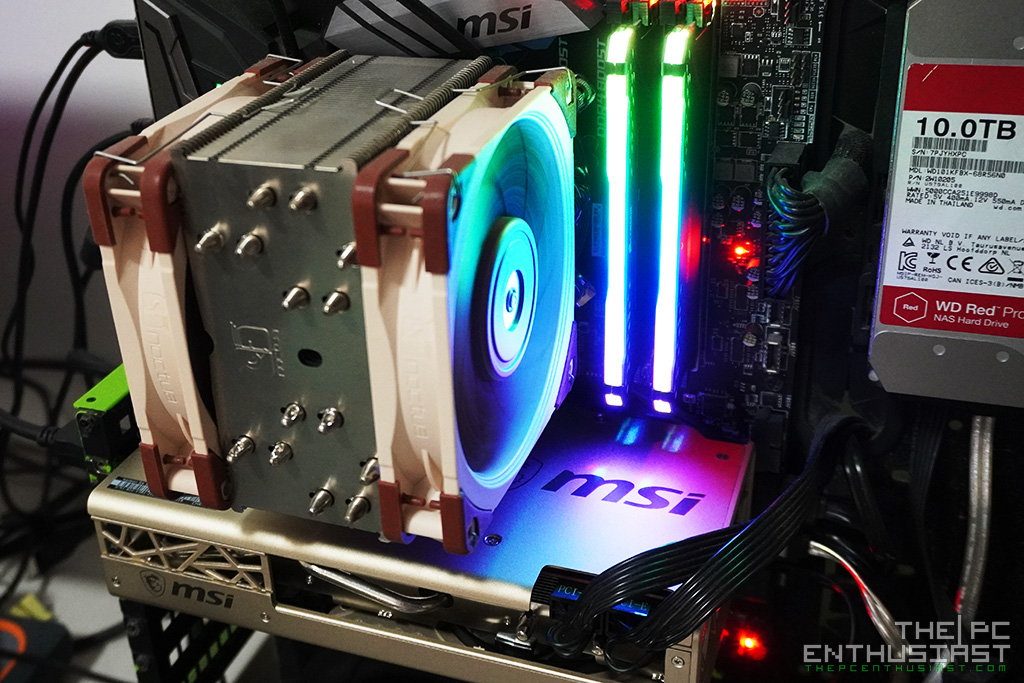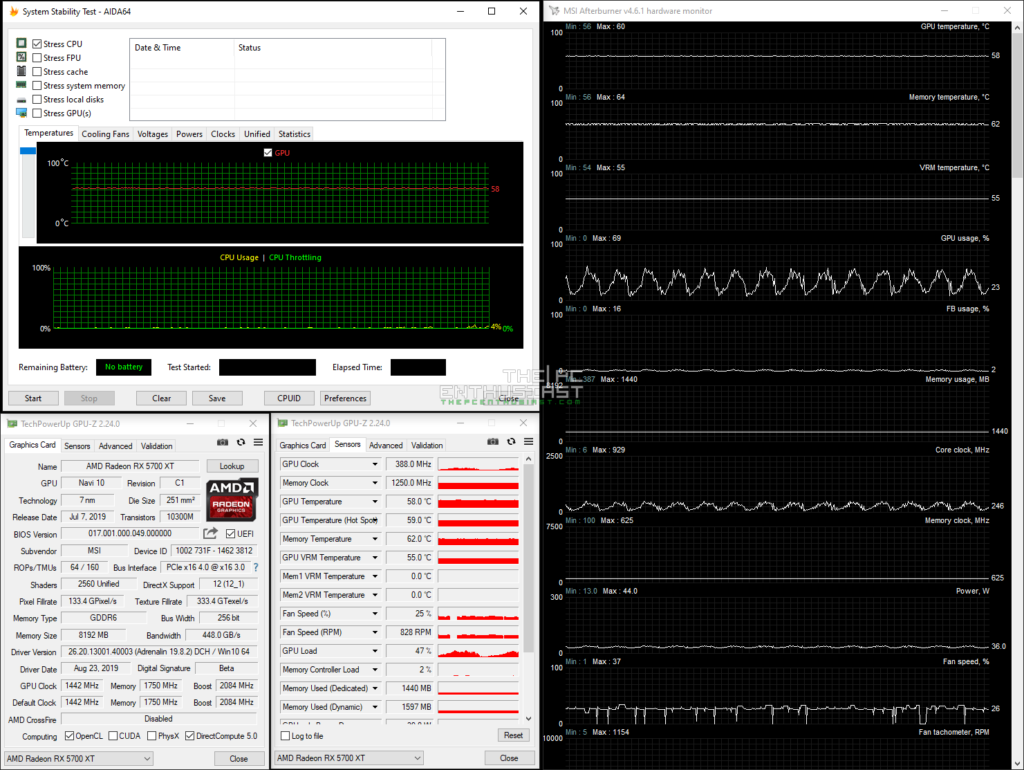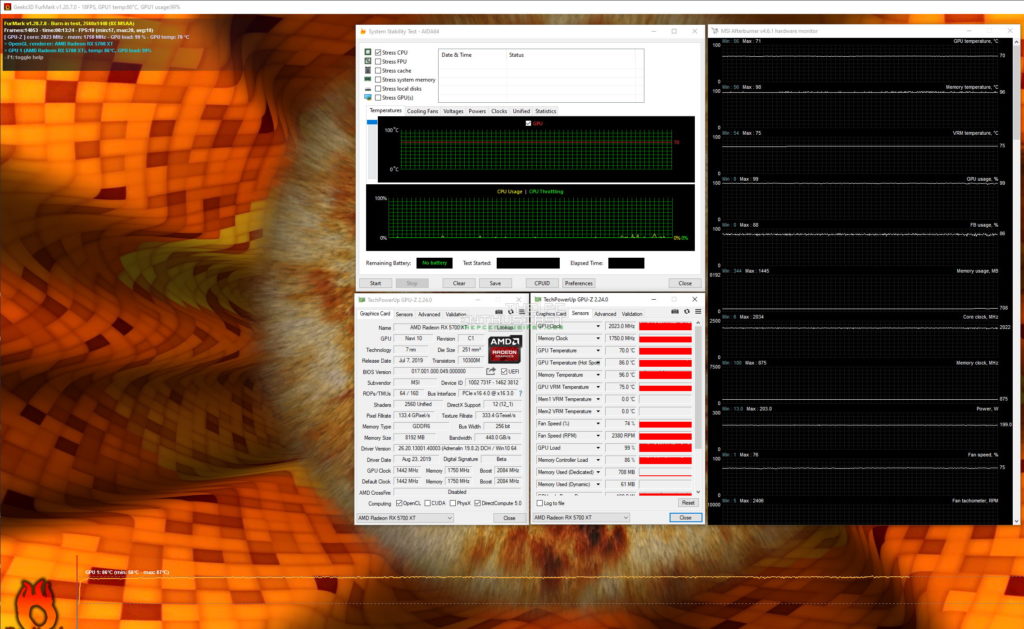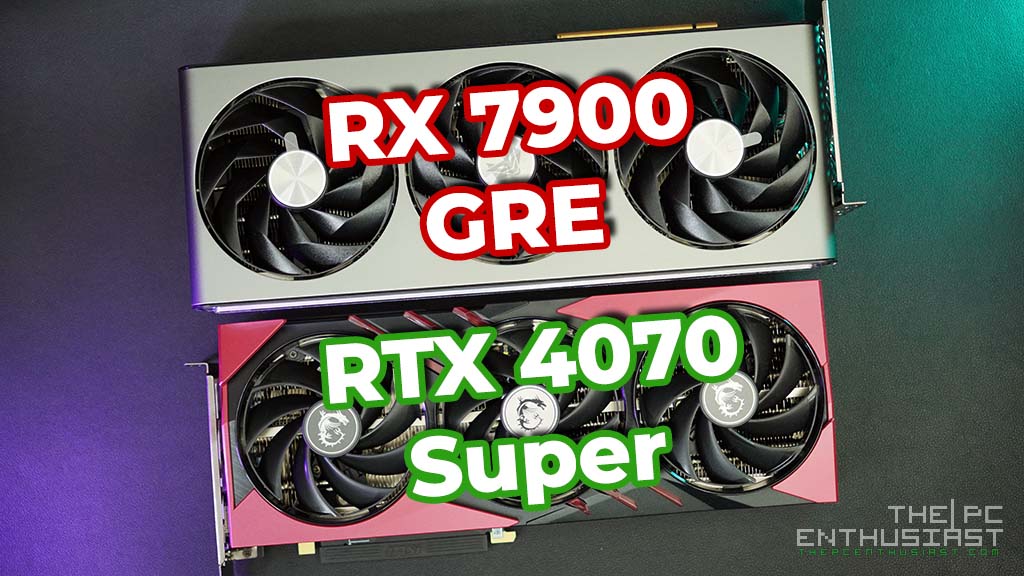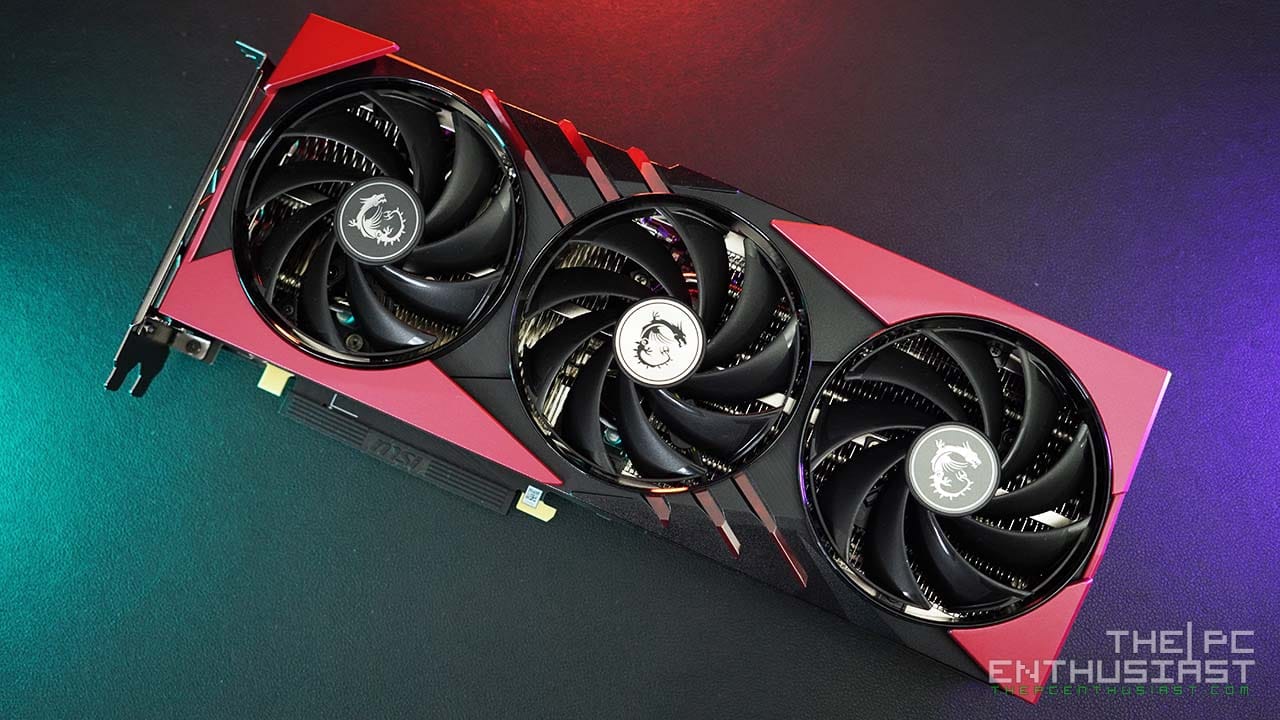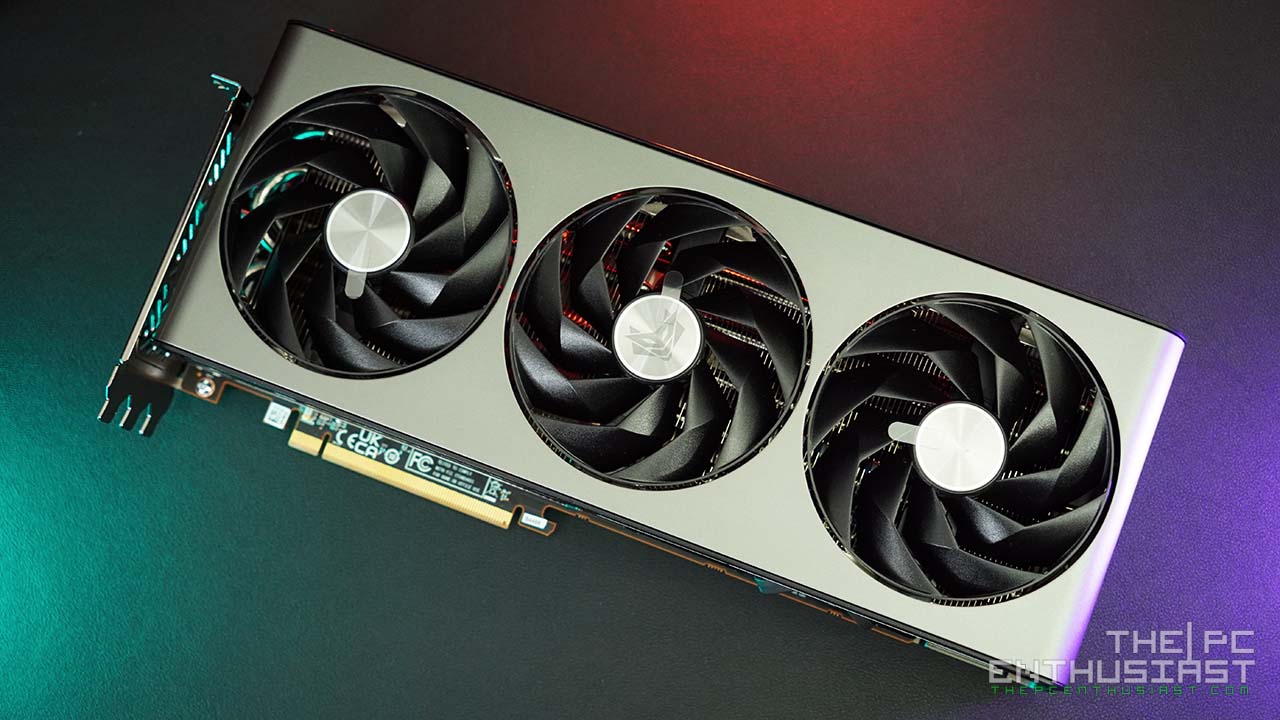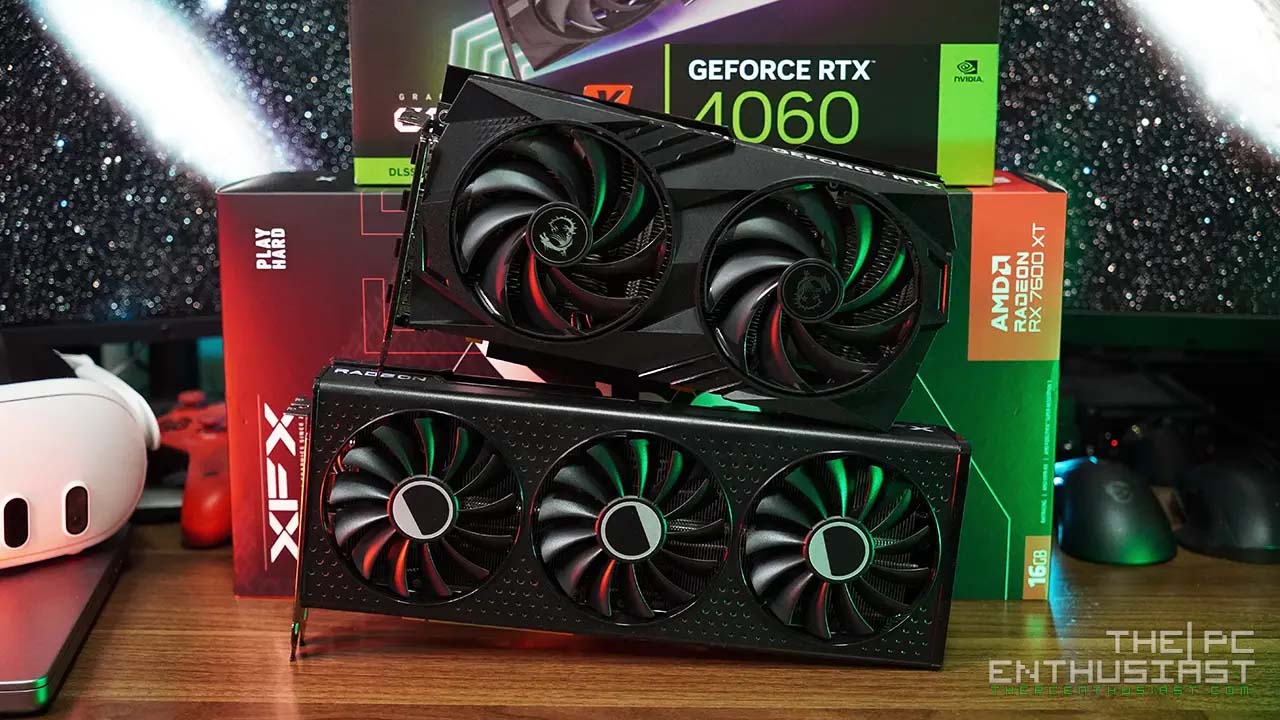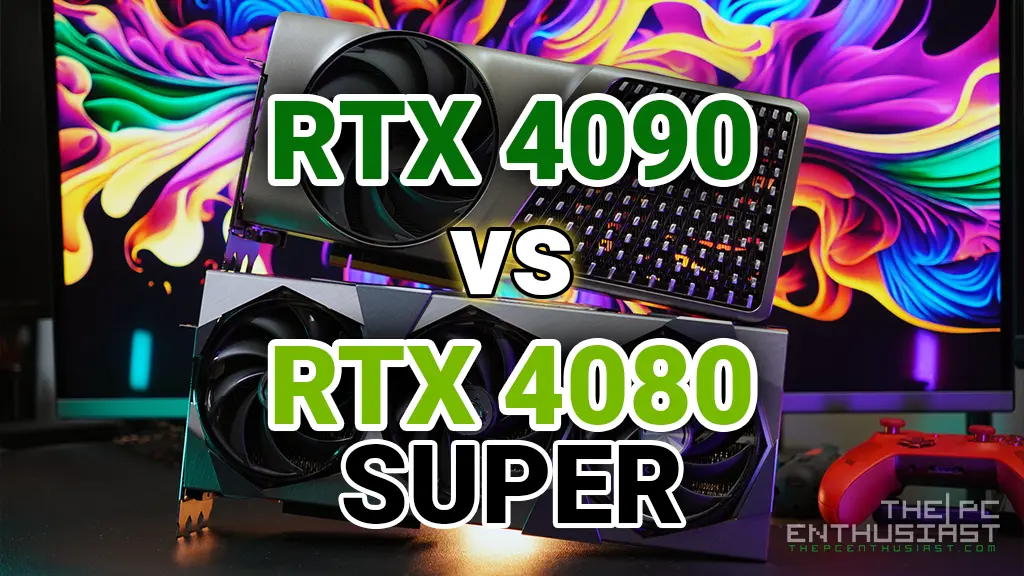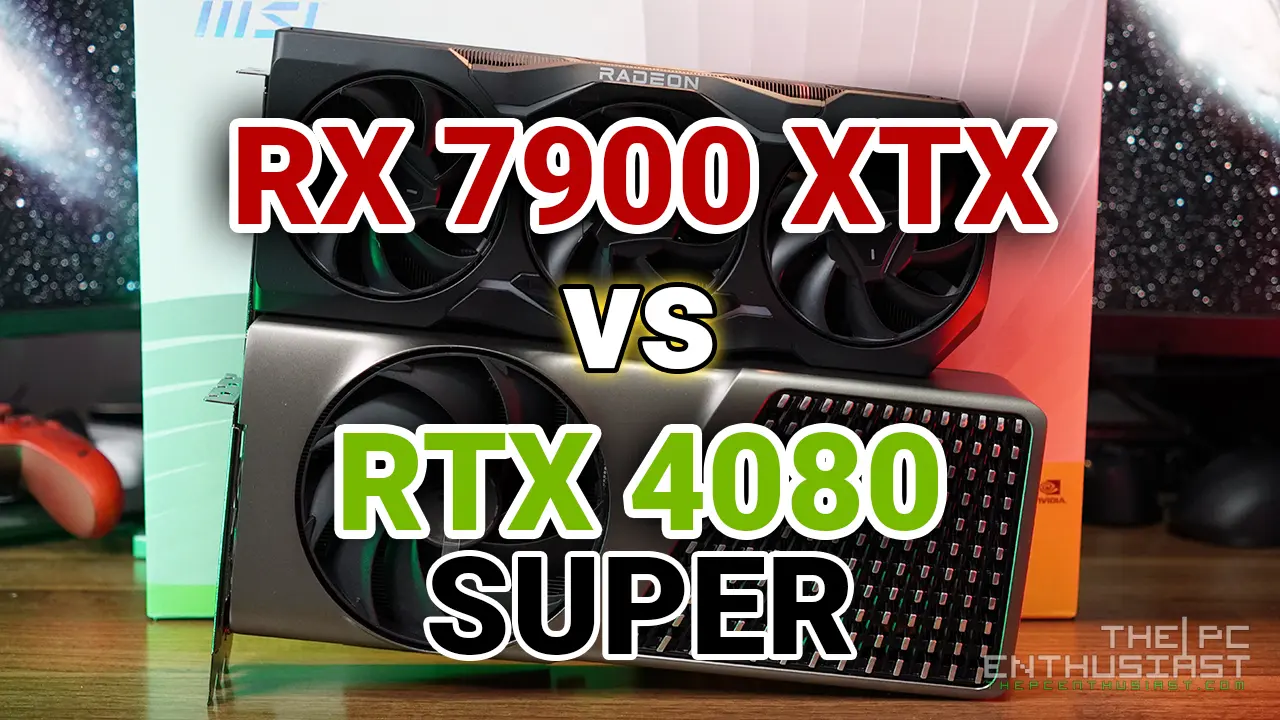MSI RX 5700 XT EVOKE OC – Test Setup
In testing and benchmarking the MSI Radeon RX 5700 XT EVOKE OC, the system I used is powered by an 8th Gen. Intel Core i7-8700K, overclocked to 4.9 GHz. The CPU is installed on an MSI MEG Z390 ACE motherboard. Below are the rest of the system specifications:
Operating System: Windows 10 Pro 64bit ver. 1809
Motherboard: MSI MEG Z390 ACE
Processor: Intel Core i7-8700K
CPU Cooler: Noctua NH-U12A
Memory: Corsair Vengeance Pro RGB DDR4-3000MHz
Graphics card: MSI Radeon RX 5700 XT EVOKE OC
Storage Drives: WD Black SN750 NVMe SSD, Crucial MX500 2TB
Power Supply: Seasonic 850W Prime Titanium
Chassis: Thermaltake Core P5
When I tested MSI RX 5700 XT EVOKE OC, I was using the Radeon Software Adrenalin 2019 Edition 19.8.2 for Windows 10 64bit. All games were tested in three resolutions, namely: 1920×1080 or full HD, 2560×1440 or WQHD and 3840×2160 or 4K ultra HD. For the synthetic benchmarks, I used the benchmark tools from 3DMark and Unigine 2. I also used the following games to test the graphics card: Assassin’s Creed: Odyssey, Battlefield V, Deus Ex: Mankind Divided, Final Fantasy XV, Ghost Recon: Wildlands, Metro Exodus, Middle Earth Shadow of War, Monster Hunter World, Shadow of the Tomb Raider, and The Witcher 3 Wild Hunt.
Below are the GPUz and GPGPU screenshots of the RX 5700 XT EVOKE OC:
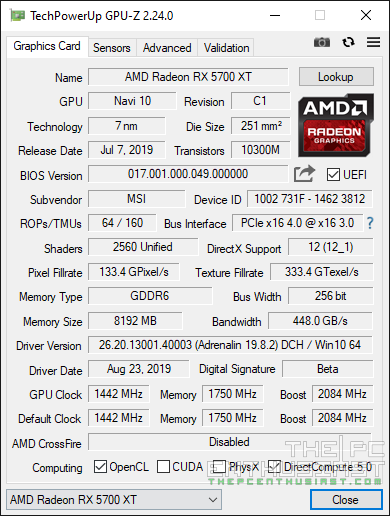
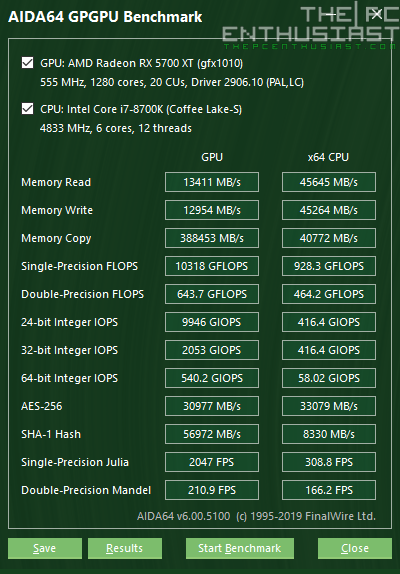
MSI RX 5700 XT EVOKE OC – Noise and Temperature
The MSI Radeon RX 5700 XT EVOKE OC doesn’t feature MSI’s Twin Frozr thermal design, I’m guessing this won’t be their top of the line RX 5700 XT. There is another variant, the RX 5700 XT MECH (OC) that features a very familiar cooler design; similar to the GeForce RTX 2060 Ventus OC we reviewed before. Still, it’s not Twin Frozr-level cooler design, perhaps MSI might release a Gaming X variant soon.
On idle to light load situations, our RX 5700 XT EVOKE OC hovers around 58° Celsius, with a GPU load reaching up to 69%, up and down. VRM temperature is only 55° Celsius and the memory is around 62° Celsius. The fans do not spin at this temperature, so the graphics card is running on a completely silent operation. However, once I started FurMark and the GPU load went to 99%, that’s when I noticed several things about this graphics card.
First, the EVOKE OC was noticeably running a bit louder. I believe this is one issue that other reviewers pointed out. Our EVOKE OC does noticeably run a bit louder, but it’s not obnoxiously loud and it is definitely not as loud as a reference blower style graphics card. I don’t have an accurate sound meter, but having tested several graphics cards, I can say that it is not the worst sounding graphics card at all. However, compared to the other MSI graphics cards we reviewed before, it does fall behind when it comes to acoustics and noise level. I like that MSI graphics cards run very silent even in full load, but the EVOKE OC seems to deviate from that expectation and standard in terms of acoustics and noise.
As for temperature, the GPU is running on an acceptable temperature level. In my test, our RX 5700 XT EVOKE OC is just hovering around 70° Celsius in full load, which is great. VRM temperature is only around 75° Celsius, however the memory temperature is quite alarming. As you can see from the screenshot above, the memory temperature is playing around 96° Celsius already. That’s already a point beyond the comfortable operating temperature of Micron’s GDDR6 memory.
I opened the EVOKE OC to see what was going on with the memory and found out that two of the GDDR6 memory has a smaller thermal pad. The rest of the GDDR6 are fitted with the right amount of thermal pad. Perhaps, those two were causing the memory temperature to go high. But what I am keen to learn is if the small-sized thermal pads are really the culprit, or the thermal pads themselves are not conducting or transferring heat properly.
This could be fixed by applying the right size thermal pad or a better aftermarket thermal pad. So, I might do a little experiment with the EVOKE OC where I will use an aftermarket thermal pad but cut it in the same size MSI used. That way, we’ll know if the size was really the culprit or if the stock thermal pads where not conducting properly.
I’ll have to get some of those Thermal Grizzly thermal pads and try this experiment in the near future. For now, I’m more worried about the memory temperature reaching 96° Celsius than the noticeable noise on the EVOKE OC.
Moving on, let’s proceed to the next following pages to see how the MSI RX 5700 XT EVOKE OC performs.

